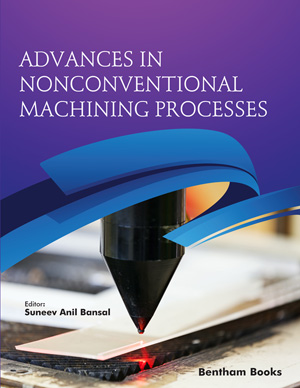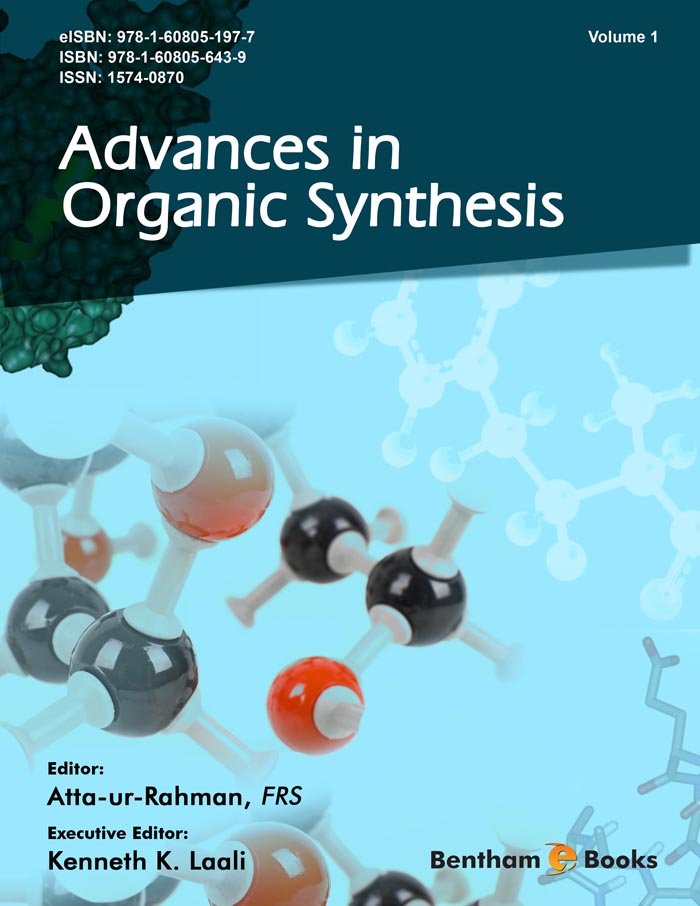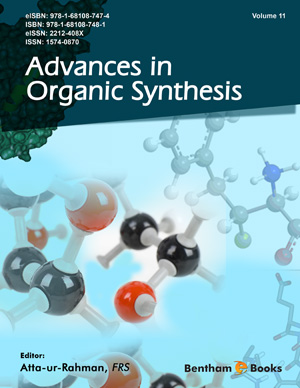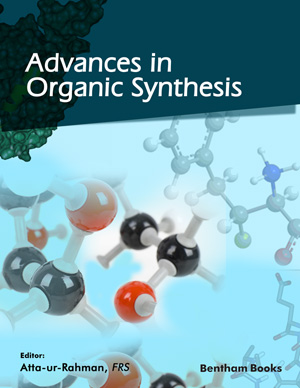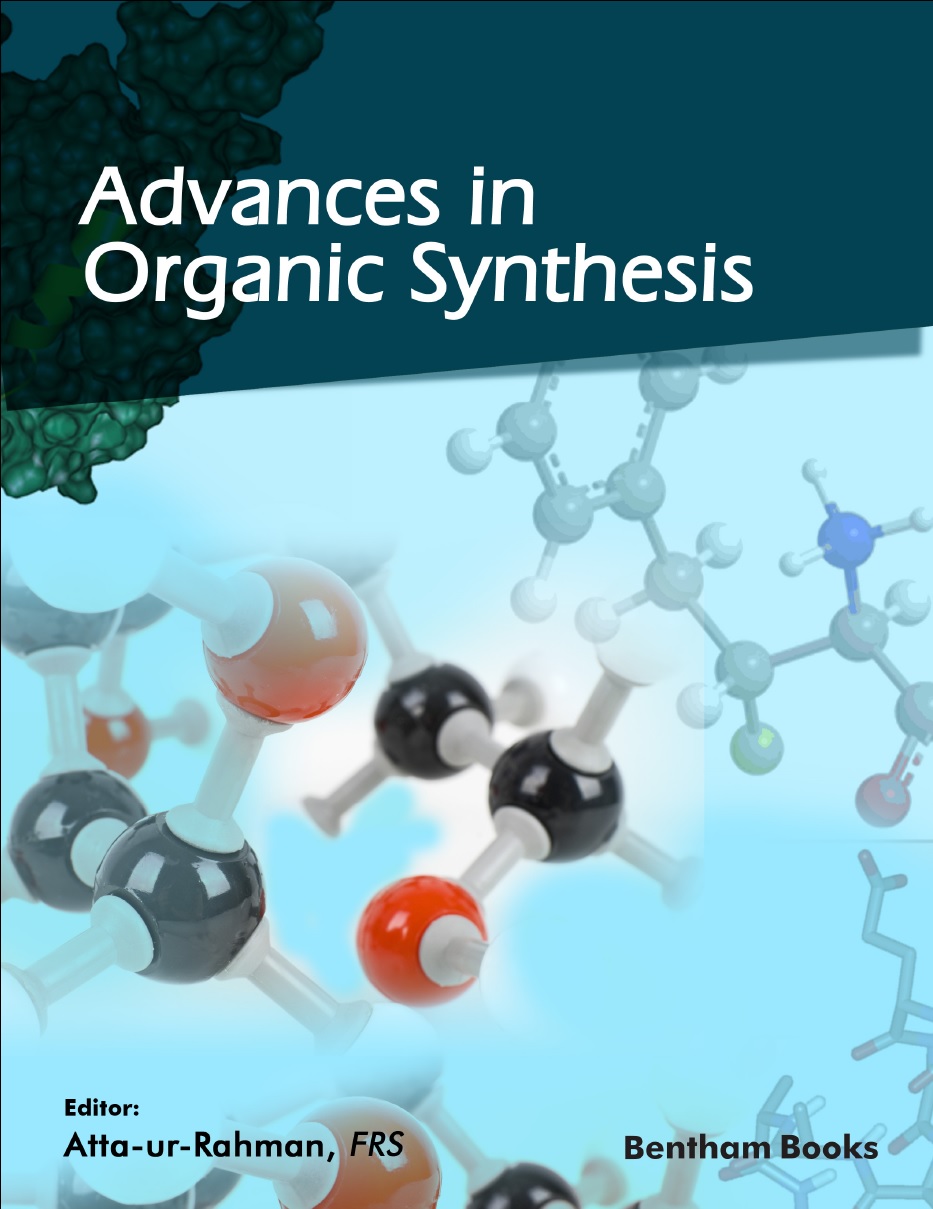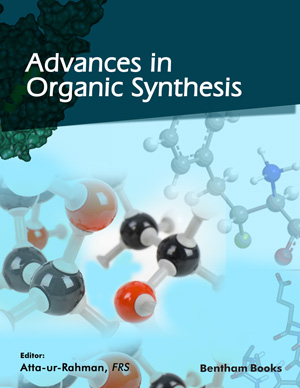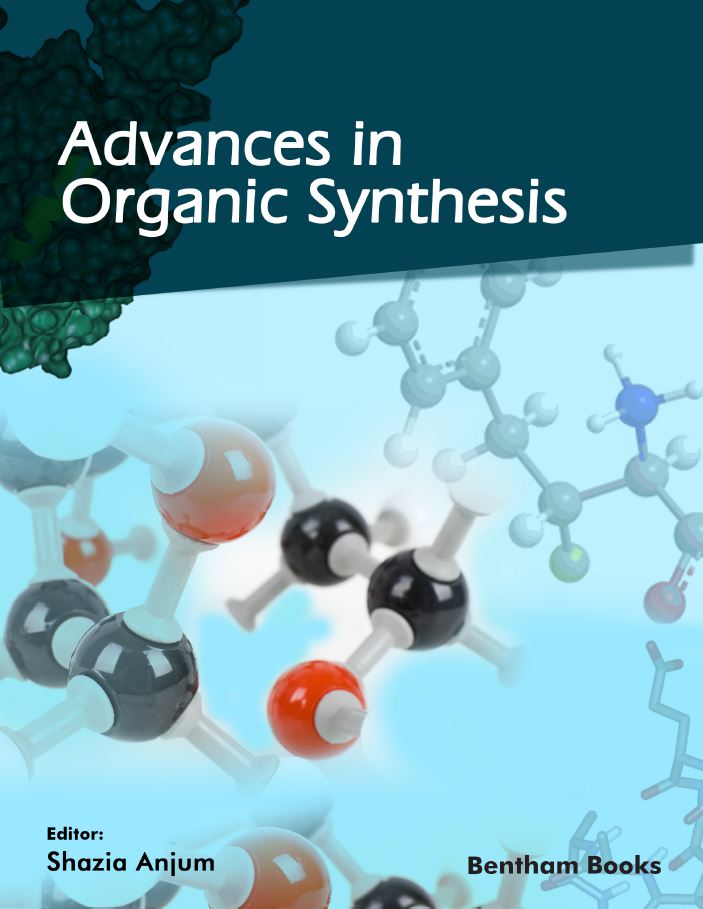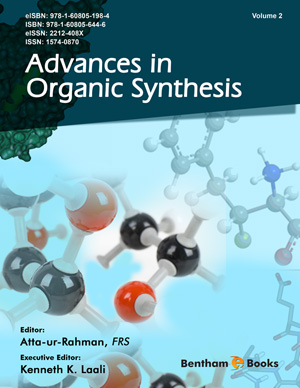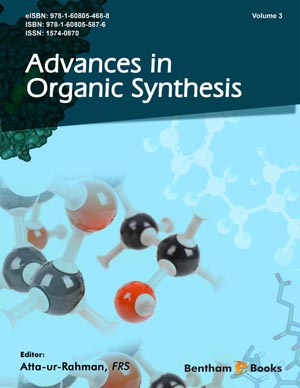- Home
- Publishers
- Bentham Science Publishers
Bentham Science Publishers
Bentham Science Publishers is a major publisher of more than 100 peer-reviewed science, technology and medical (STM) journals, along with a rapidly growing collection of eBooks. Since 1993, Bentham Science Publishers has been catering to the information needs of the pharmaceutical, engineering, biomedical and medical research community.1454
results
61 - 80 of 1454 results
-
-
Advances in Manufacturing Technologies and Production Engineering
More LessThis reference presents a collection of studies which highlight new developments in improving manufacturing processes and performance. The book includes 11 chapters which cover unique topics of interest to production engineers. These topics include the production of advanced composite materials and alloys to the use of sensors to evaluate production processes, product testing and evaluation (in production an Read More
-
-
-
Advances in Meat Processing Technologies: Modern Approaches to Meet Consumer Demand
More LessMeat and meat-based products play an important role as foods in the diets of people around the world. However, environmental and social issues have posed a challenge to meat production processing plants, with the advent of more consumer conscious production values across the food processing industry and a changing attitude among some communities towards the consumption of products from animal origin. The de Read More
-
-
-
Advances in Modern Medicine
More LessAdvances in Modern Medicine introduces recent advanced medical practices performed at the Kure Medical Center and Chugoku Cancer Center (KMCCCC) - one of the leading hospitals in Japan - to those working in the field of medicine throughout the world, including physicians, surgeons, pharmacists, psychologists, medical engineers, medical technologists, nurses, and students. Readers will be updated on the general tren Read More
-
-
-
Advances in Multiphase Flow and Heat Transfer: Volume 1
More LessMultiphase flow and heat transfer have found a wide range of applications in several engineering and science fields such as mechanical engineering, chemical and petrochemical engineering, nuclear engineering, energy engineering, material engineering, ocean engineering, mineral engineering, electronics and micro-electronics engineering, information technology, space technology, micro- and nano-technologies, bi Read More
-
-
-
Advances in Multiphase Flow and Heat Transfer: Volume 2
More LessMultiphase flow and heat transfer have found a wide range of applications in several engineering and science fields such as mechanical engineering, chemical and petrochemical engineering, nuclear engineering, energy engineering, material engineering, ocean engineering, mineral engineering, electronics and micro-electronics engineering, information technology, space technology, micro- and nano-technologies, bi Read More
-
-
-
Advances in Multiphase Flow and Heat Transfer: Volume 3
More LessMultiphase flow and heat transfer have found a wide range of applications in several engineering and science fields such as mechanical engineering, chemical and petrochemical engineering, nuclear engineering, energy engineering, material engineering, ocean engineering, mineral engineering, electronics and micro-electronics engineering, information technology, space technology, micro- and nano-technologies, bi Read More
-
-
-
Advances in Multiphase Flow and Heat Transfer: Volume 4
More LessMultiphase flow and heat transfer have found a wide range of applications in several engineering and science fields such as mechanical engineering, chemical and petrochemical engineering, nuclear engineering, energy engineering, material engineering, ocean engineering, mineral engineering, electronics and micro-electronics engineering, information technology, space technology, micro- and nano-technologies, bi Read More
-
-
-
Advances in Nonconventional Machining Processes
More LessIn the modern era of manufacturing, unconventional machining methods are quite popular due to various advantages such as high accuracy, excellent surface finish, less tool wear, much quieter operations, among others. Moreover, new age and novel materials are sometimes hard to machine with traditional machining processes due to their high strength and brittleness. Advances in Nonconventional Machining Proces Read More
-
-
-
Advances in Organic Synthesis: Volume 1
More LessAdvances in Organic Synthesis is a book series devoted to the latest advances in synthetic approaches towards challenging structures. It presents comprehensive articles written by eminent authorities on different synthetic approaches to selected target molecules and new methods developed to achieve specific synthetic transformations. Contributions are written by eminent scientists and each volume is edited by an authority i Read More
-
-
-
Advances in Organic Synthesis: Volume 10
More LessAdvances in Organic Synthesis is a book series devoted to the latest advances in synthetic approaches towards challenging structures. The series presents comprehensive reviews written by eminent authorities on different synthetic approaches to selected target molecules and new methods developed to achieve specific synthetic transformations or optimal product yields. Advances in Organic Synthesis is essential for all orga Read More
-
-
-
Advances in Organic Synthesis: Volume 11
More LessAdvances in Organic Synthesis is a book series devoted to the latest advances in synthetic approaches towards challenging structures. The series presents comprehensive reviews written by eminent authorities on different synthetic approaches to selected target molecules and new methods developed to achieve specific synthetic transformations or optimal product yields. Advances in Organic Synthesis is essential for all orga Read More
-
-
-
Advances in Organic Synthesis: Volume 12
More LessAdvances in Organic Synthesis is a book series devoted to the latest advances in synthetic approaches towards challenging structures. The series presents comprehensive reviews written by eminent authorities on different synthetic approaches to selected target molecules and new methods developed to achieve specific synthetic transformations or optimal product yields. Advances in Organic Synthesis is essential for all orga Read More
-
-
-
Advances in Organic Synthesis: Volume 13
More LessAdvances in Organic Synthesis is a book series devoted to the latest advances in synthetic approaches towards challenging structures. The series presents comprehensive reviews written by eminent authorities on different synthetic approaches to selected target molecules and new methods developed to achieve specific synthetic transformations or optimal product yields. Advances in Organic Synthesis is essential for all orga Read More
-
-
-
Advances in Organic Synthesis: Volume 14
More LessAdvances in Organic Synthesis is a book series devoted to the latest advances in synthetic approaches towards challenging structures. The series presents comprehensive reviews written by eminent authorities on different synthetic approaches to selected target molecules and new methods developed to achieve specific synthetic transformations or optimal product yields. Advances in Organic Synthesis is essential for all orga Read More
-
-
-
Advances in Organic Synthesis: Volume 15
More LessAdvances in Organic Synthesis is a book series devoted to the latest advances in synthetic approaches towards challenging structures. The series presents comprehensive reviews written by eminent authorities on different synthetic approaches to selected target molecules and new methods developed to achieve specific synthetic transformations or optimal product yields. Advances in Organic Synthesis is essential for all orga Read More
-
-
-
Advances in Organic Synthesis: Volume 16
More LessAdvances in Organic Synthesis is a book series devoted to the latest advances in synthetic approaches towards challenging structures. The series presents comprehensive reviews written by eminent authorities on different synthetic approaches to selected target molecules and new methods developed to achieve specific synthetic transformations or optimal product yields. Advances in Organic Synthesis is essential for all orga Read More
-
-
-
Advances in Organic Synthesis: Volume 17
More LessAdvances in Organic Synthesis is a book series devoted to the latest advances in synthetic approaches towards challenging structures. The series presents comprehensive reviews written by eminent authorities on different synthetic approaches to selected target molecules and new methods developed to achieve specific synthetic transformations or optimal product yields. Advances in Organic Synthesis is essential for all orga Read More
-
-
-
Advances in Organic Synthesis: Volume 18
More LessAdvances in Organic Synthesis is a book series devoted to the latest advances in synthetic approaches towards challenging structures. The series presents comprehensive reviews written by eminent authorities on different synthetic approaches to selected target molecules and new methods developed to achieve specific synthetic transformations or optimal product yields. Advances in Organic Synthesis is essential for all orga Read More
-
-
-
Advances in Organic Synthesis: Volume 2
Modern Organofluorine Chemistry-Synthetic Aspects
More LessThe volume focuses on recent advances in organofluorine chemistry directed towards selective fluorine introduction into various target molecules, employing both traditional and contemporary, electrophilic and nucleophilic, fluorinating agents. It brings together sixteen chapters written by leading experts and active researchers in the field. It is an excellent source of information for synthetic chemists interested in selective f Read More
-
-
-
Advances in Organic Synthesis: Volume 3
More LessAdvances in Organic Synthesis is a book series devoted to the latest advances in synthetic approaches towards challenging structures. It presents comprehensive articles written by eminent authorities on different synthetic approaches to selected target molecules and new methods developed to achieve specific synthetic transformations. Contributions are written by eminent scientists and each volume is edited by an authority i Read More
-








